Stanley Dock, Liverpool
30th September 2025
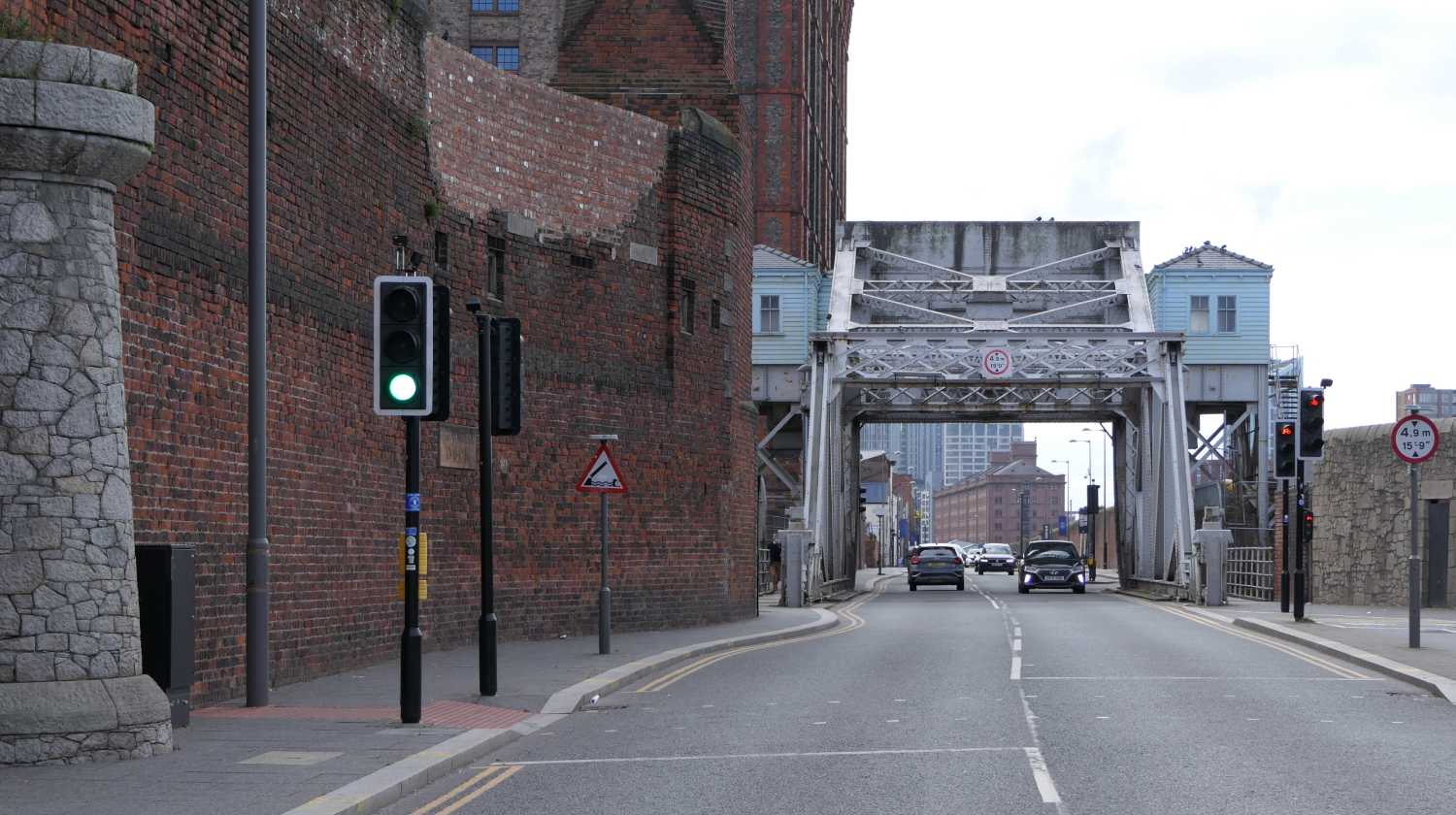
Today John and I visited the Stanley Dock area of the North Liverpool Docks. This is an area that is currently being regenerated. On one side of the dock, a warehouse has been converted into the Titanic Hotel. On the other side, a warehouse is being converted into apartments.
Between the Stanley Dock and the Collingwood Dock, there is an iron bridge, known as a bascule bride. It carries the dock road over the link between the two docks. The first four photos are of this bridge.
A bascule bridge is a type of bridge that can be raised or lowered using a counterweight to provide space for ships to pass. A lot of work has been done to preserve the bridge, but sadly, it cannot be raised or lowered anymore.
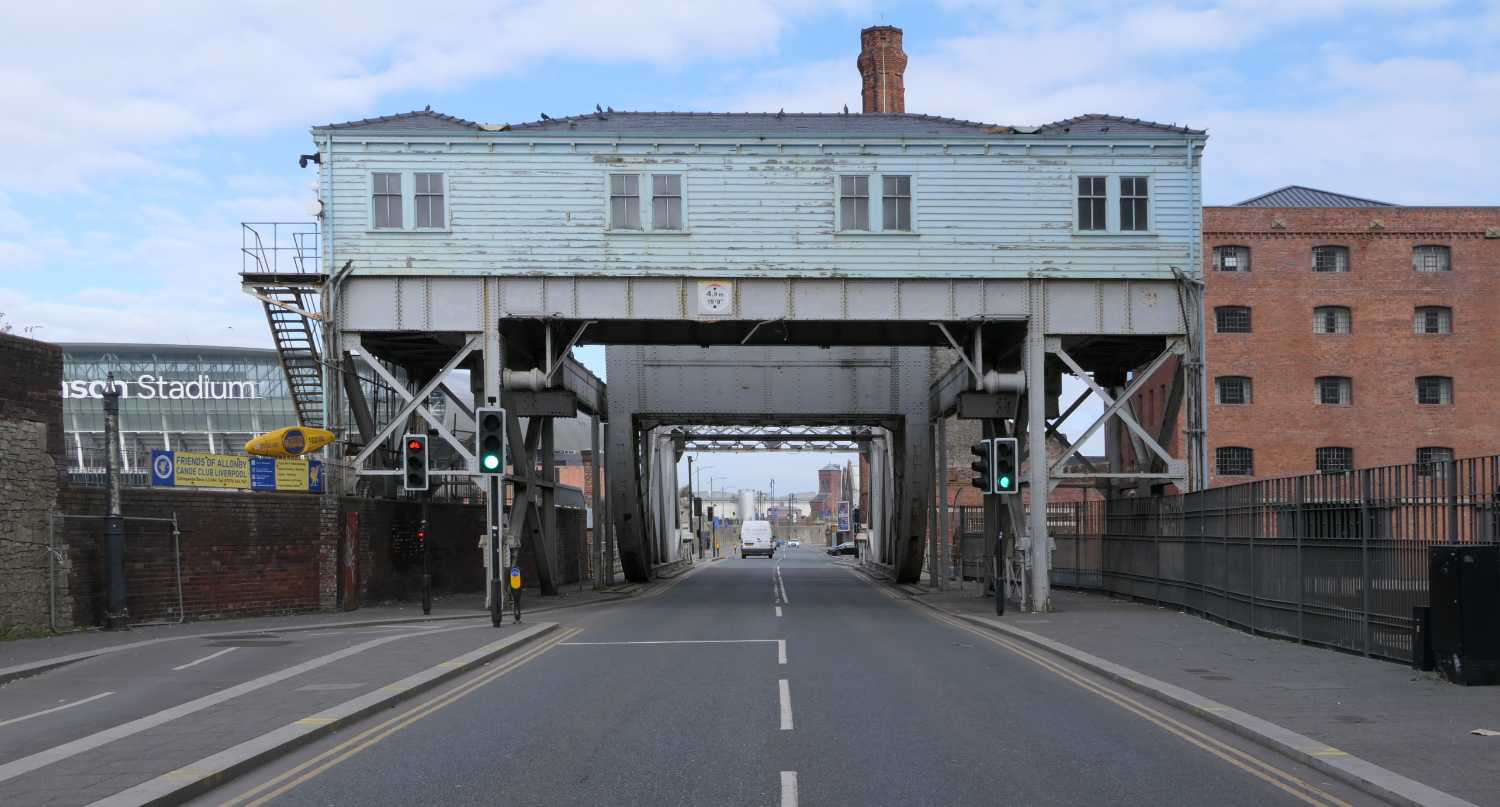
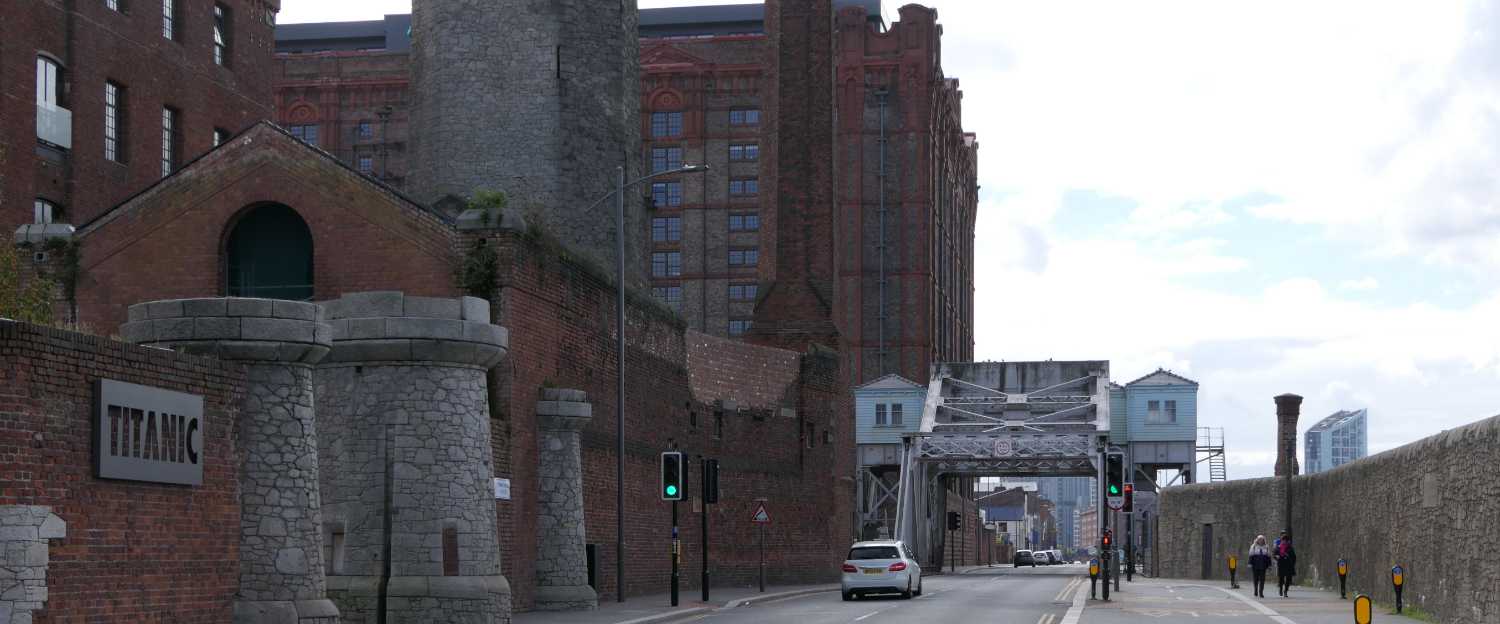
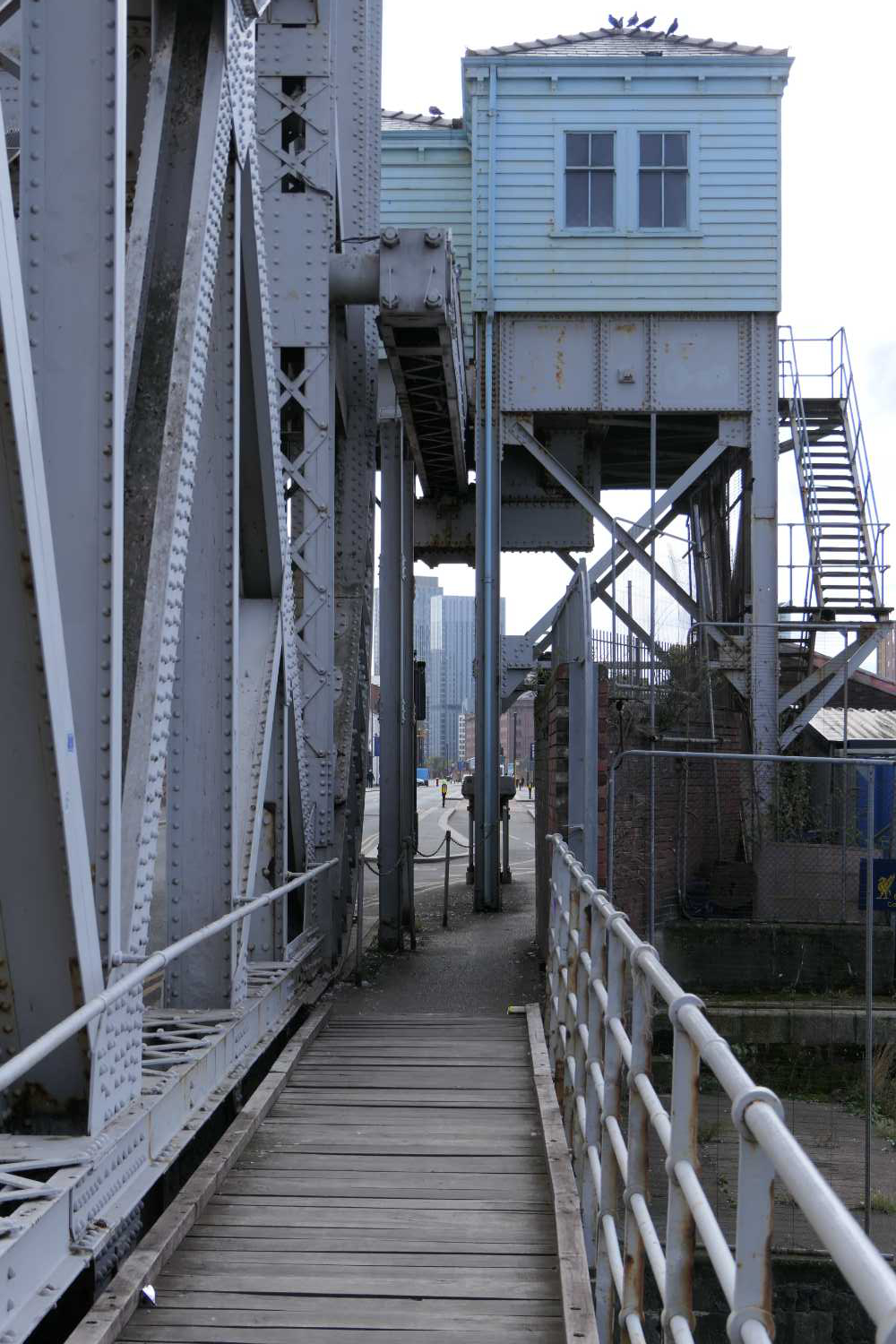
From the bridge’s footpath, you can make out the Victoria Tower.
It’s a grade two listed gothic revival clock tower, below are two photos of it. It was used as a navigation aid by shipping sailing in and out of the Port of Liverpool. It was also referred to as the ‘docker’s clock’ because it had six clocks around its hexagonal column. These large timepieces allowed marine traffic to synchronise their ship chronometers as they sailed out into Liverpool Bay.
John told me it’s also known as the six-sided clock, and that there is only one other example in the world, in Russia.
It’s in a very bad state of repair but is due for regeneration.
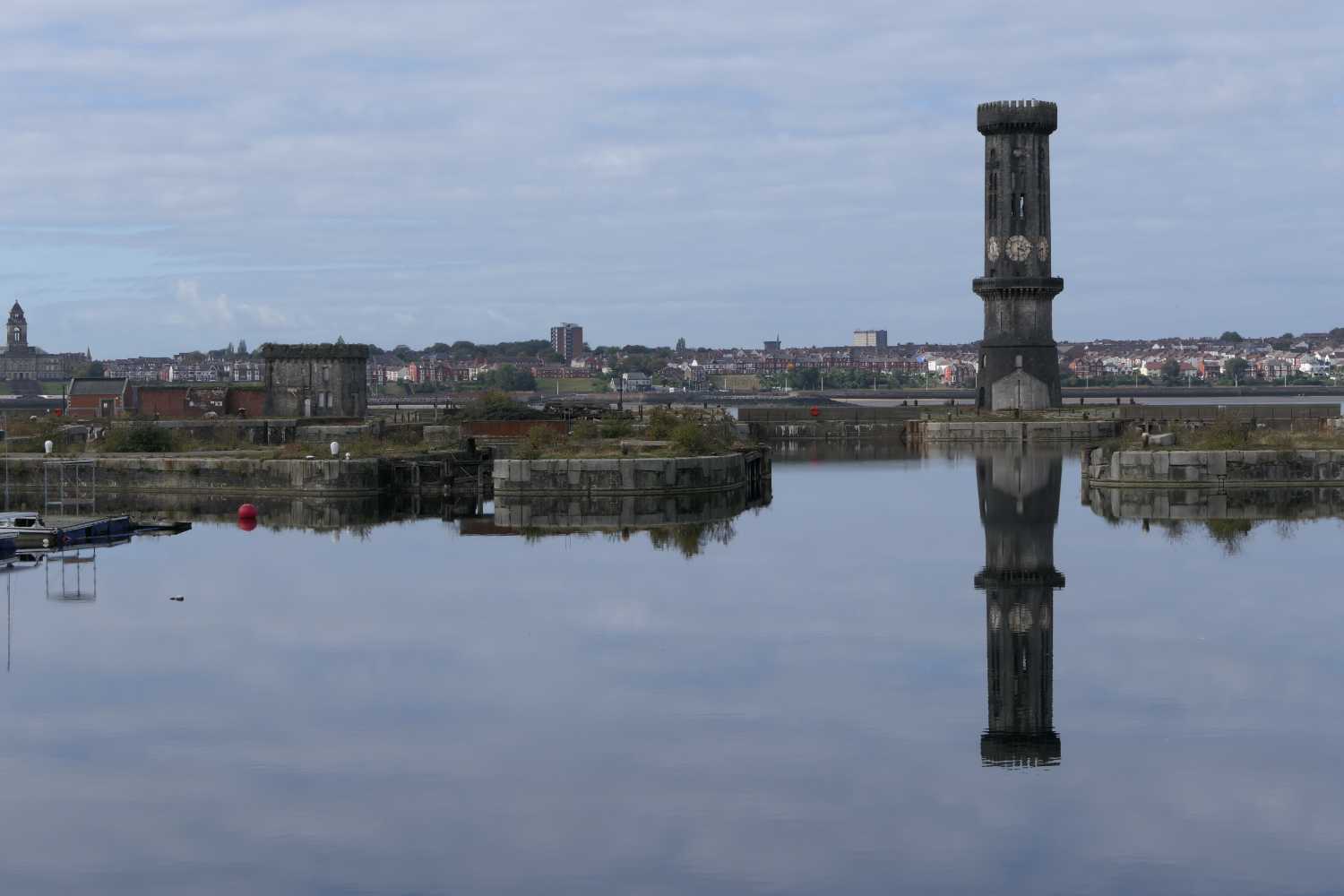
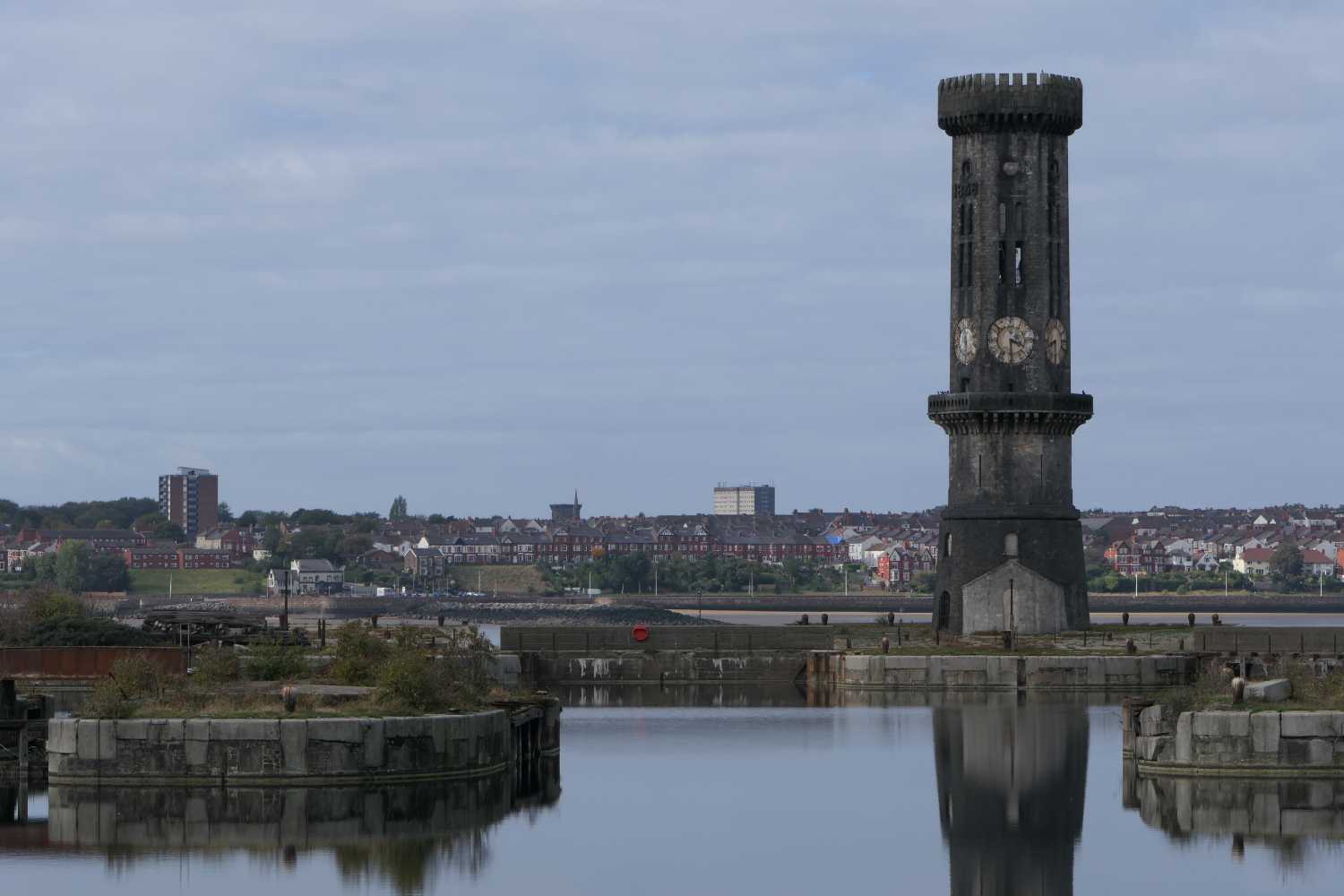
On the left-hand side of the Stanley Dock, is the Titanic Hotel.
The dock now forms part of the Leeds Liverpool Canal. It’s the start of the link from the Stanley Lock Flight to the Royal Albert Dock. John and I visited the locks last July, see this page.
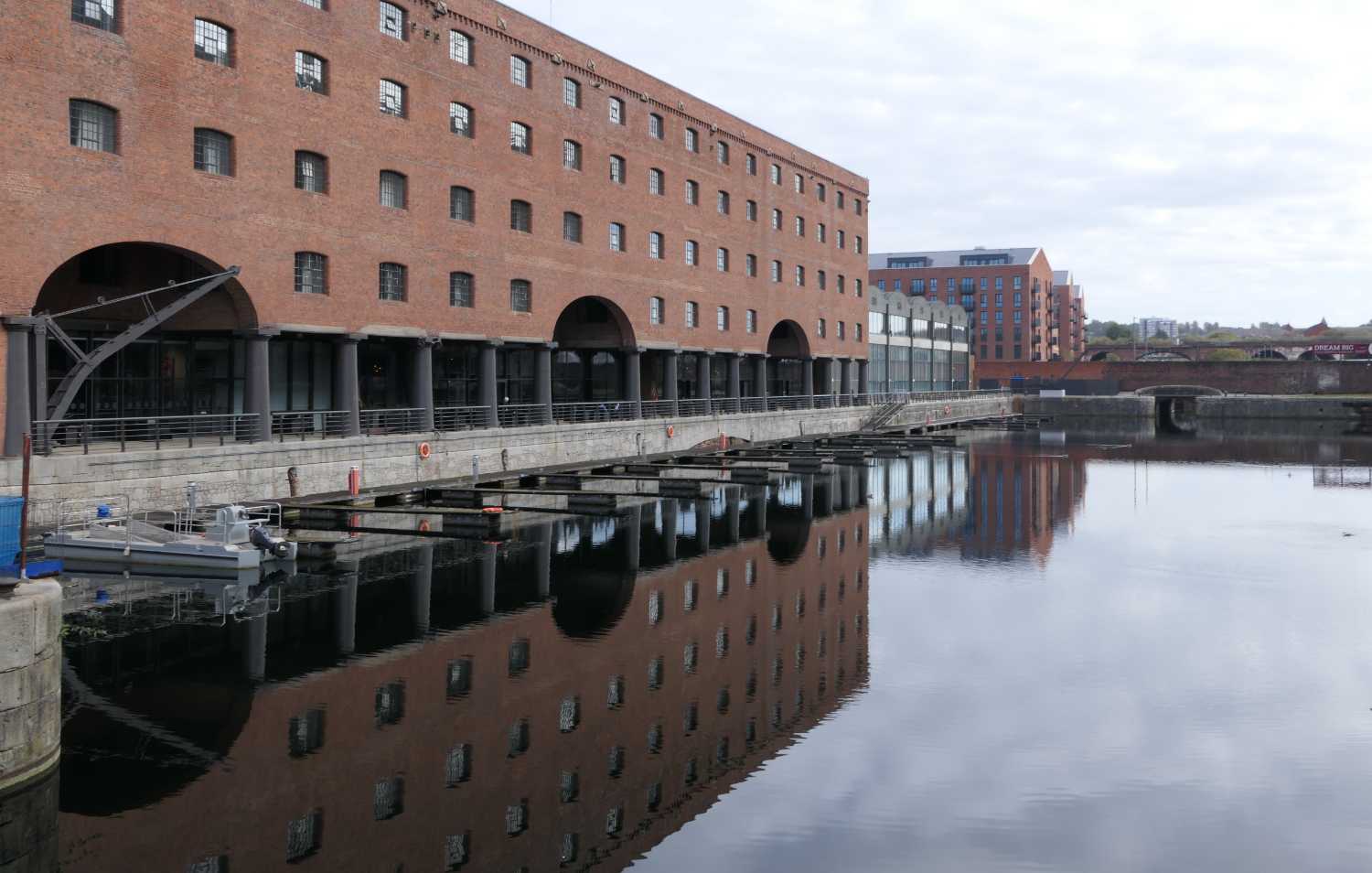
On the right-hand side of the Stanley Dock, is the Tobacco Warehouse, which is gradually being converted into apartments.
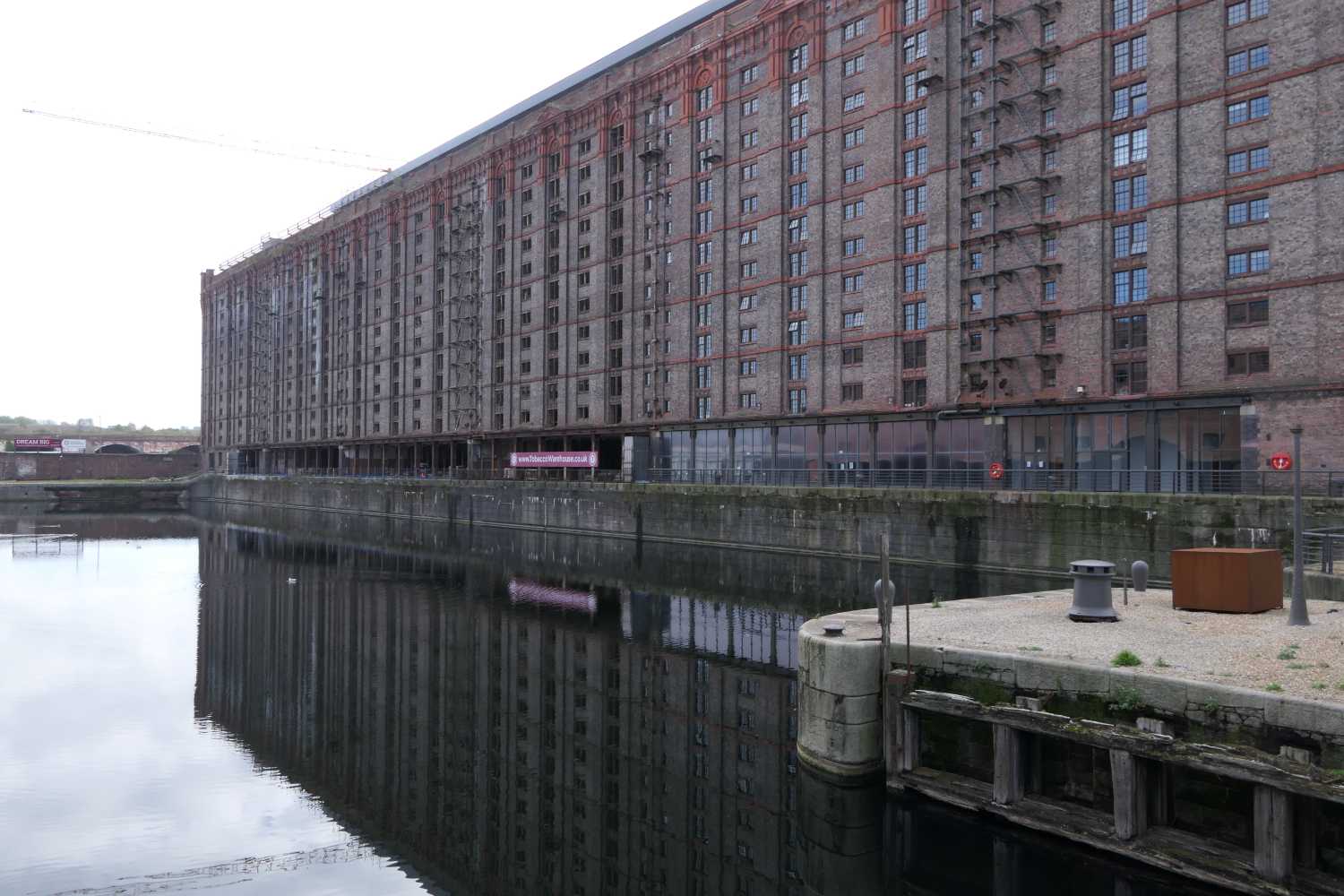
The whole area from the Stanley Dock to the Princess Dock is in the process of being regenerated, at a cost of £5 billion pounds. From Everton Football Clubs new stadium to the Liver Building. More information here.